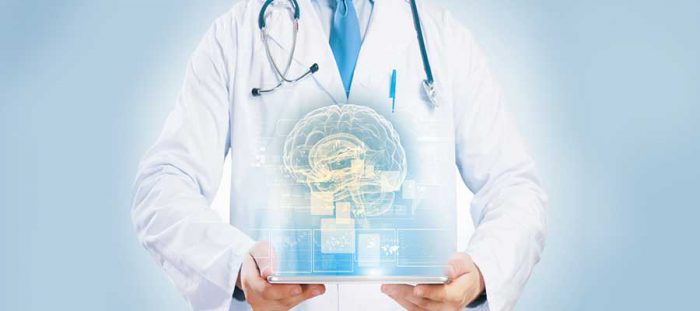
Diseases that the Neurology Department Treats,
Headache, Cerebrovascular Diseases, Epilepsy, Multiple Sclerosis, Dementia, Motion Diseases, Peripheral Nervous Diseases, Muscle Diseases, Myastenia Gravis
EMG
Electromyography (EMG) is a diagnostic method that examines the muscles and nerves in our body.
Situations that require EMG examination:
- Nerve injuries due to trauma
- Nerve compression (trap neuropathy)
- Neck and waist hernias
- Nerve ending inflammation (polyneuropathy)
- Muscle diseases
- Motor neuron disease (ALS)
EMG examination can be done to anyone except patients with pacemakers or neurostimulators.
How is EMG applied?
EMG basically consists of two examinations. The physician decides which examination should be done according to the patient’s complaint.
In the first section, the transmission function of each nerve is measured. For this purpose, low intensity electric current is applied, and the response is recorded. Thus, it is understood whether the nerve functions healthy. In the second section, electrodes are inserted in the muscles and, the muscles and nerves coming to these muscles are examined during rest and muscle contraction.
The duration of the examination varies with the patient’s complaint and patient compliance but takes a minimum of half an hour.
PEDIATRICS EEG
Electroencephalography (EEG) is a test used to evaluate the electrical activity of the brain.
When is EEG recording carried out?
- Fainting
- Fever convulsions
- Headache
- Encephalitis
- Sleeping disorders
- Behavioral disorders
- Learning disorders
- Common developmental disorders
- Attention deficit and hyperactivity disorder
- Tic disorders
What is the difference of pediatrics EEG?
EEG testing in children is technically similar to adult. However, compliance problems are common, especially in young children. Therefore, it is preferable to record EEG in sleeping children.
Brain waves are very different in adults and childhood. Therefore, it is important in the correct diagnosis that the EEG recording is performed by an experienced technician and be interpreted by the clinical electrophysiologist.
What to do before coming to an EEG appointment?
- Take a bath the night before.
- Hair gels, cream, etc. is not applied to the hair.
- Comfortable clothes are worn.
- You should definitely come with the full stomach.
- There is no need to cease the medicines you use.
How is EEG recording performed?
First, small electrodes are attached to the scalp by means of a conductive substance called “gel”.
During recording, opening, closing eyes, deep breathing and light stimulation are sometimes used. In some special cases, video recording can also be taken during EEG recording.
The average recording duration is between 30 minutes and 3 hours. However, some patients may also require an EEG recording overnight.
No pain is felt, since the patient is not given electric current.
How is EEG evaluation performed?
After the EEG recording is finished, the data are evaluated and reported by the specialist physician in digital environment.
 Türkçe
Türkçe Arabic
Arabic